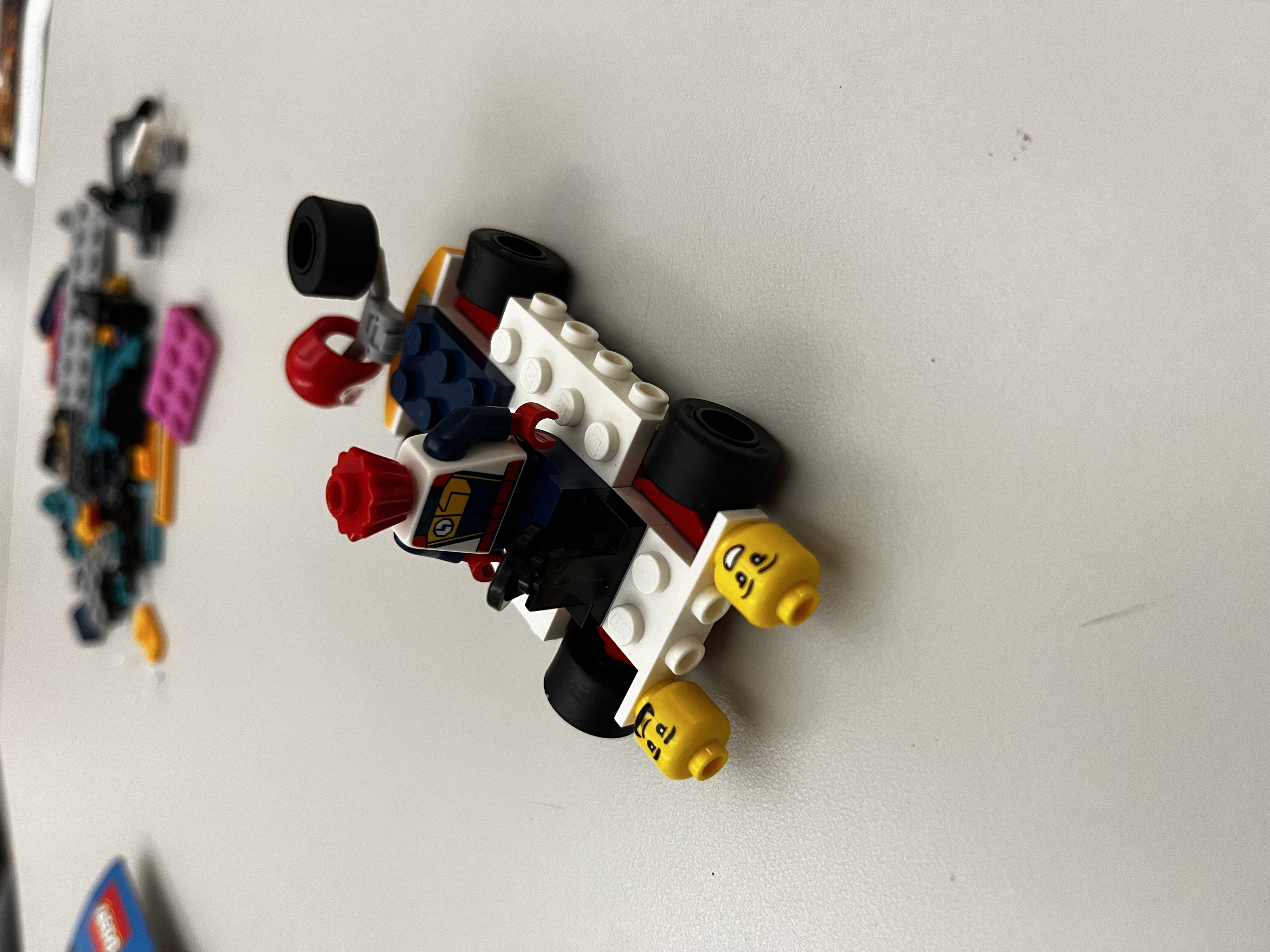
Middle schoolers— particularly those affected by pandemic-era isolation, face growing challenges with communication, collaboration, and emotional expression.
LEGO® Brick Clubs sought a playful learning activity that could foster a sense of pride and belonging in children's environments, and empower them to communicate their feelings effectively.
Primary: Middle school students (ages 11-13)
Setting: LEGO Brick Clubs, in-class activities, or after-school programs
Group Size: 3-4 players per group, with facilitators overseeing 12-30 students
Transformation: Relationships, creative problem solving, attitudes towards STEM




The game was structured to support transformations in:
Rather than teaching social-emotional skills directly, the above transformations were guided by academic theory:
So, how did I apply this theory to support these transformations? I applied educational and psychological frameworks not just broadly, but with a deliberate focus on gendered experiences—a core part of identity development in middle school.
Drawing from Kinzie & Joseph (2008), I designed mechanics that balanced creative freedom (often preferred by girls) with strategic, time-bound challenges (often preferred by boys), and personal storytelling (a universally resonant tool for emotional growth for middle schoolers of all gender identities) ensuring that all players could find meaningful entry points into the game.
This approach acknowledged the emotional complexity and identity exploration typical of this age group, creating a space where students could safely express themselves, take risks, and collaborate across differences. By embedding these considerations into the game’s structure, I moved beyond surface-level inclusivity to create a deeply responsive, research-driven experience.
The LEGO® City Race Challenge was intentionally designed to support diverse play preferences and inclusive engagement, particularly across gender lines. Drawing from Kinzie & Joseph’s (2008) research on middle schoolers’ game preferences, the game balances creative freedom and strategic challenge to ensure all players feel seen, capable, and excited to participate. Open-ended building phases allowed students to explore without fear of mistakes, particularly supporting girls’ engagement (Kinzie & Joseph, 2008).
Early iterations featured fragmented phases and abstract mechanics. By introducing themed “pit stops” and a unified narrative arc, the game became more intuitive and immersive. These structured yet flexible moments allowed players to reflect, strategize, and tell stories—supporting creative expression often favored by girls, while maintaining goal-oriented structure that appeals to boys.
Initial role assignments felt restrictive and failed to resonate with players. By embedding role behaviors into flexible strategy cards, the game encouraged fluid collaboration and shared leadership. This shift allowed players to step into roles organically, fostering confidence and communication without reinforcing rigid hierarchies—an approach that supports both self-expression and strategic thinking across gender identities.
%204.01.58%20p.m..png)

The final game includes:
City Cards with environmental challenges and reflective prompts.
Strategy Cards (rebranded as “Pit Stops”) that introduce timed constraints and encourage team discussion.
A three-part structure that integrates freestyle building, strategic racing, and collaborative storytelling.
Adding constraints and removing rules actually helped players make better decisions rather than limiting them.
Players were so invested they took photos of their LEGO creations before deconstructing!
"Hot Seat" questions failed as a game mechanic but made excellent guiding prompts for city design

I'm very proud that my design was selected and commissioned to be distributed at LEGO® Brick Clubs around Allegheny County! Its adoption by middle schoolers in educational settings highlights both the transformational design and the client’s confidence in its effectiveness.
Design grounded in research creates real change. By embedding educational goals into joyful, inclusive play, the LEGO® City Race Challenge has become a meaningful tool for middle schoolers to connect, create, and grow—brick by brick.